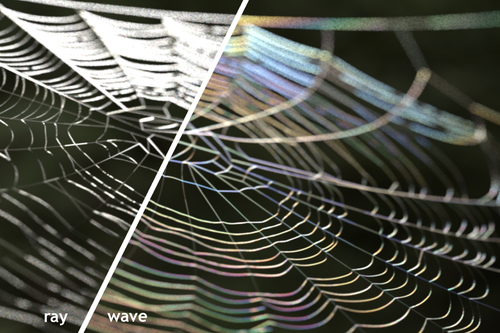Pre-recorded Sessions: From 4 December 2020 | Live Sessions: 10 – 13 December 2020
4 – 13 December 2020
Pre-recorded Sessions: From 4 December 2020 | Live Sessions: 10 – 13 December 2020
4 – 13 December 2020
#SIGGRAPHAsia | #SIGGRAPHAsia2020
#SIGGRAPHAsia | #SIGGRAPHAsia2020











Date/Time:
04 – 13 December 2020
All presentations are available in the virtual platform on-demand.
Lecturer(s):
Mengqi Xia, Cornell University, United States of America
Bruce Walter, Cornell University, United States of America
Eric Michielssen, University of Michigan, United States of America
David Bindel, Cornell University, United States of America
Steve Marschner, Cornell University, United States of America
Bio:
Description: Existing fiber scattering models in rendering are all based on tracing rays through fiber geometry, but for small fibers diffraction and interference are non-negligible, so relying on ray optics can result in appearance errors. This paper presents the first wave optics based fiber scattering model, introducing an azimuthal scattering function that comes from a full wave simulation. Solving Maxwell's equations for a straight fiber of constant cross section illuminated by a plane wave reduces to solving for a 3D electromagnetic field in a 2D domain, and our fiber scattering simulator solves this 2.5D problem efficiently using the boundary element method (BEM). From the resulting fields we compute extinction, absorption, and far-field scattering distributions, which we use to simulate shadowing and scattering by fibers in a path tracer. We validate our path tracer against the wave simulation and the simulation against a measurement of diffraction from a single textile fiber. Our results show that our approach can reproduce a wide range of fibers with different sizes, cross-sections, and material properties, including textile fibers, animal fur, and human hair. The renderings include color effects, softening of sharp features, and strong forward scattering that are not predicted by traditional ray based models, though the two approaches produce similar appearance for complex fiber assemblies under some conditions.
